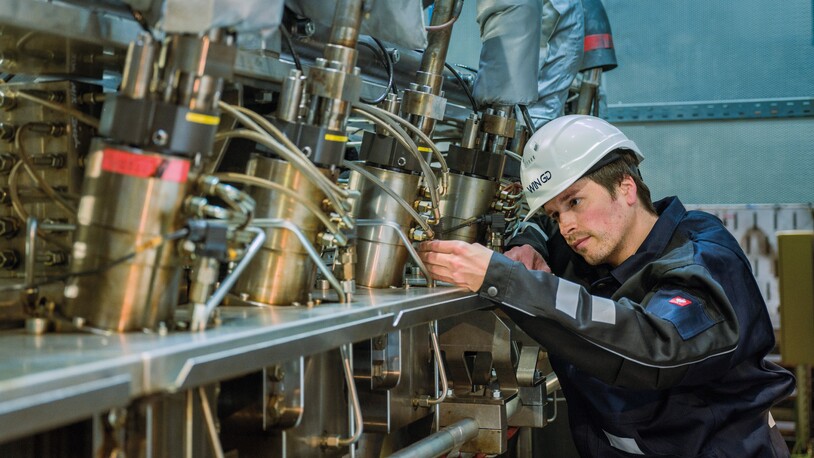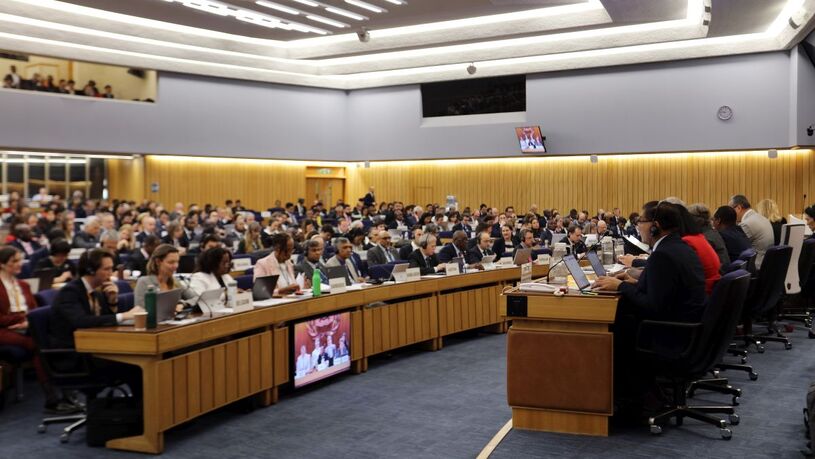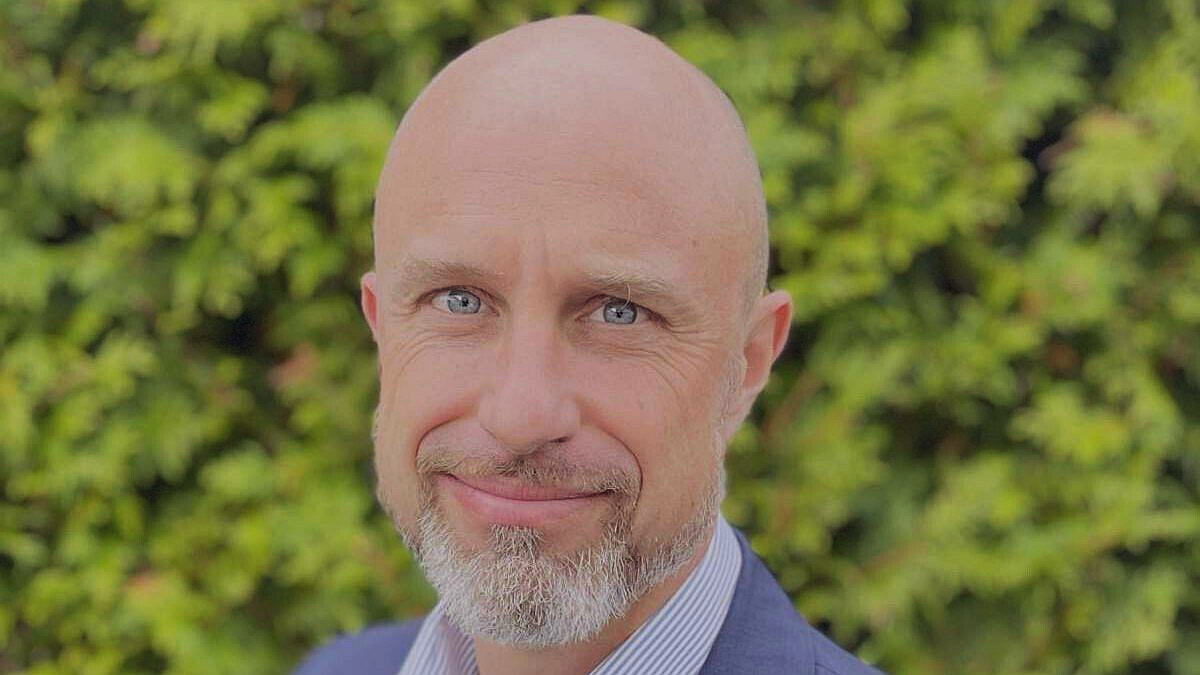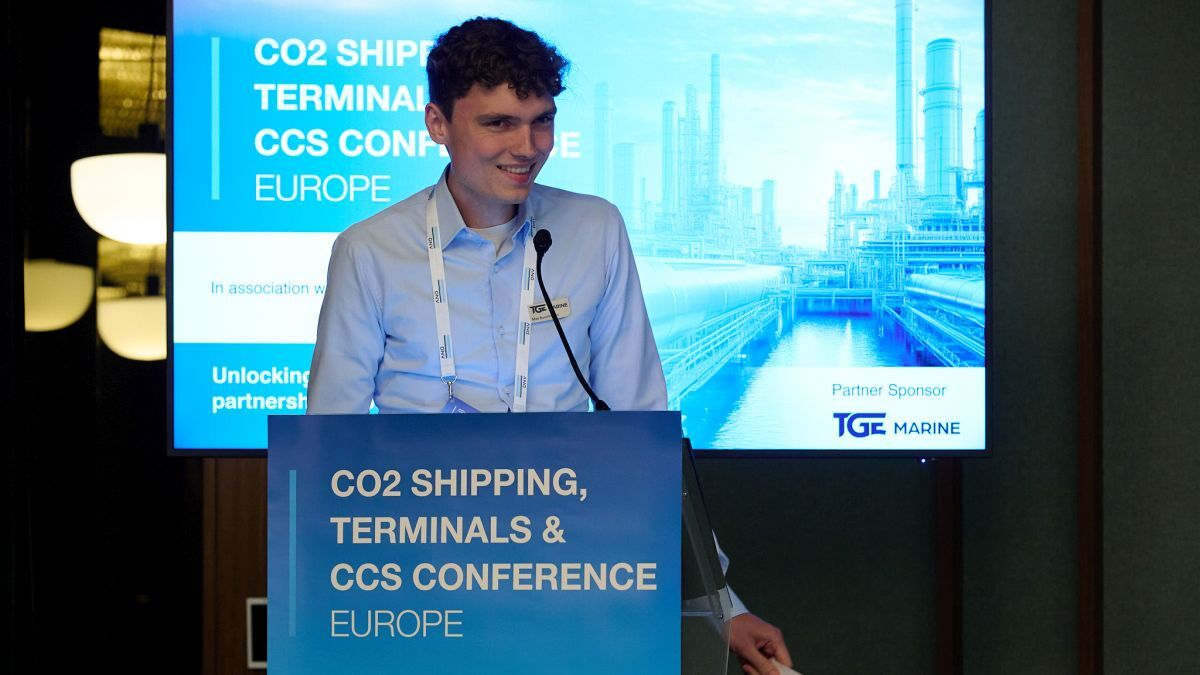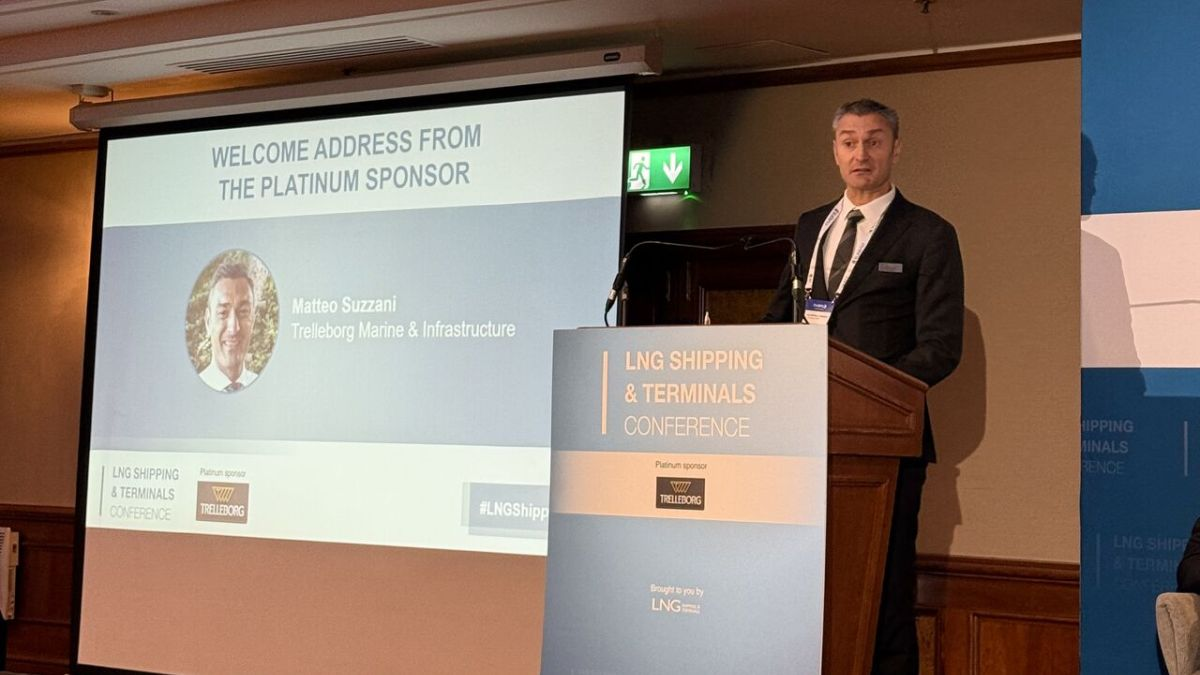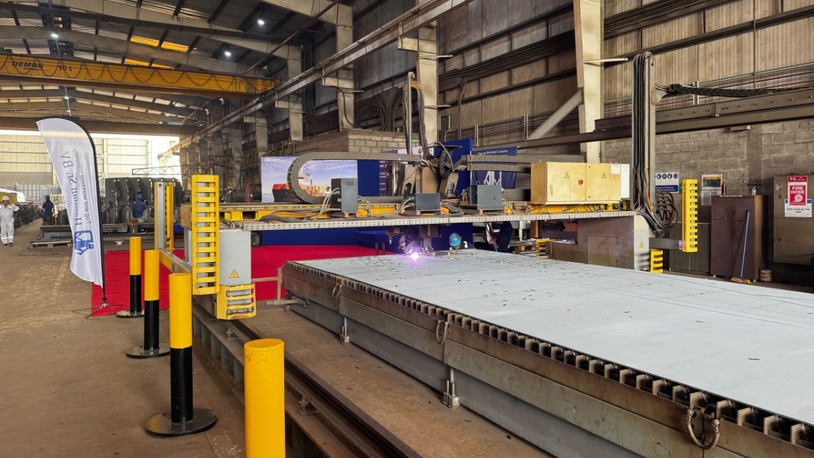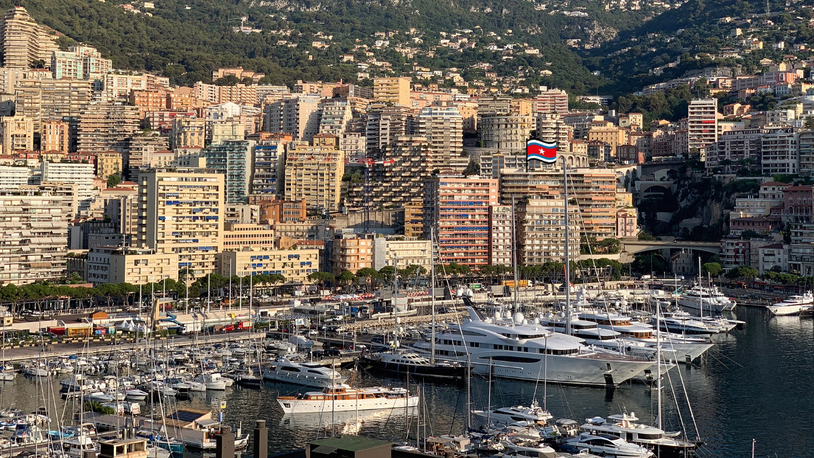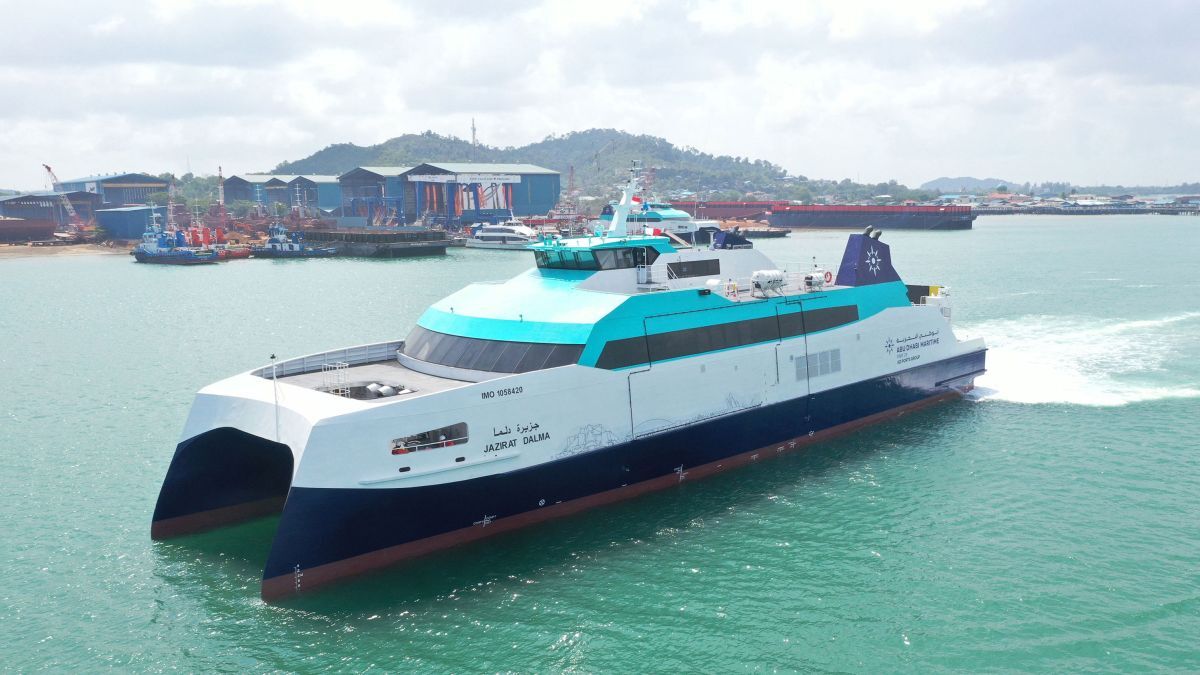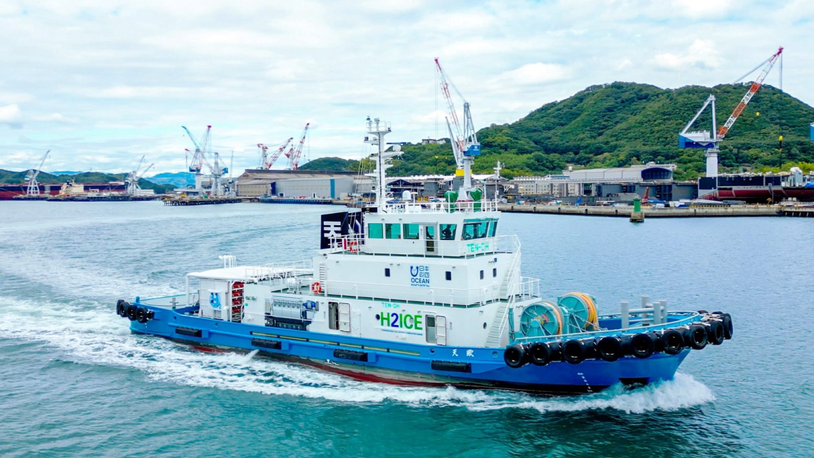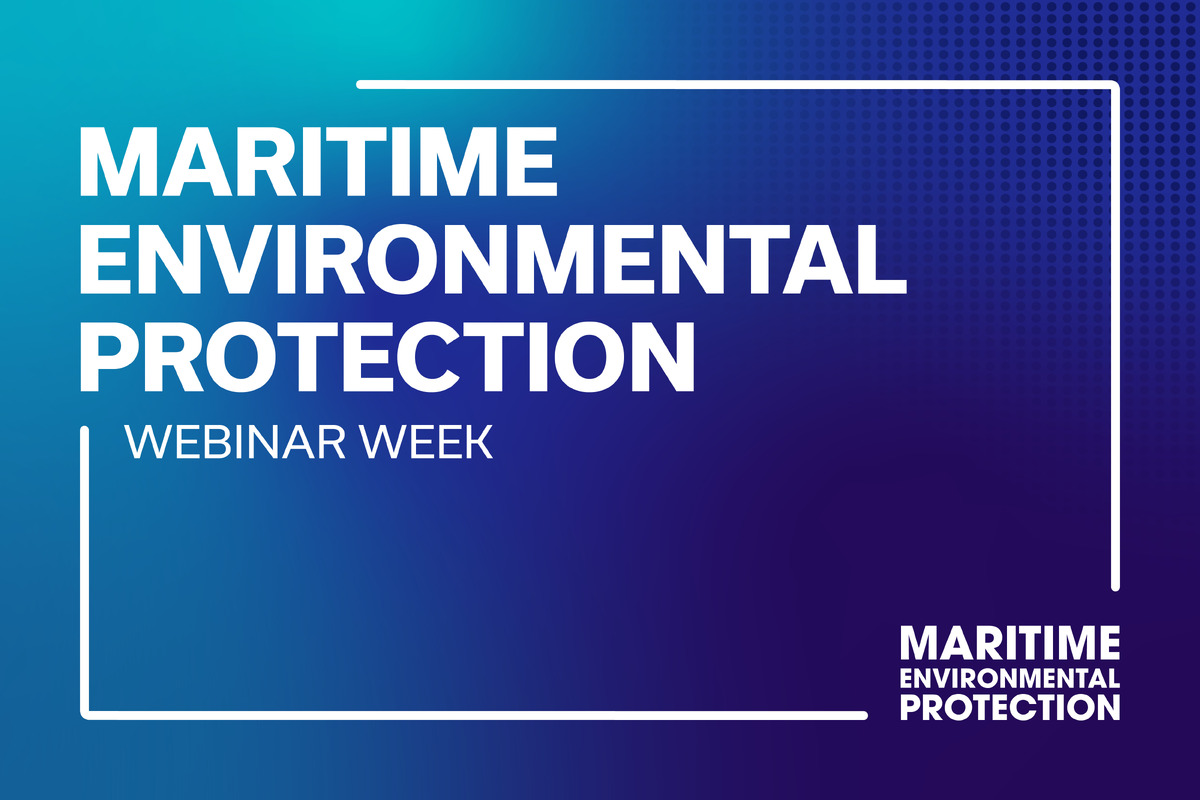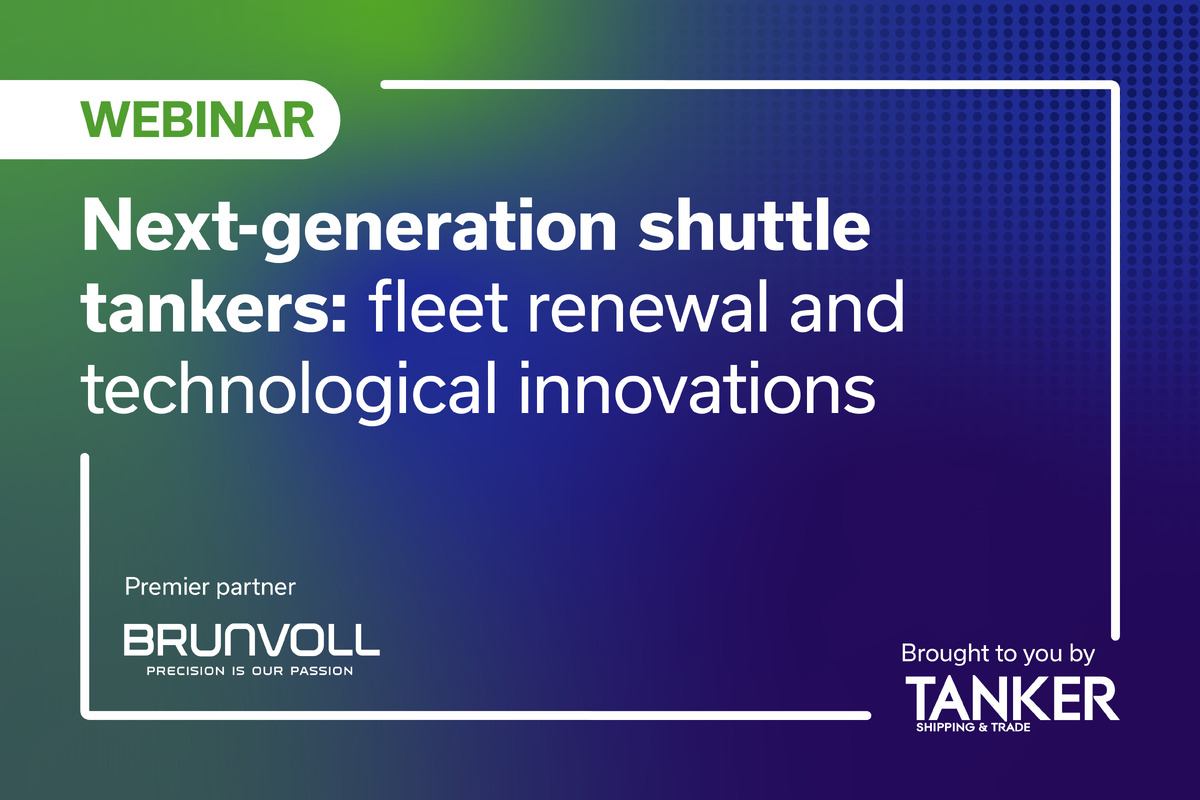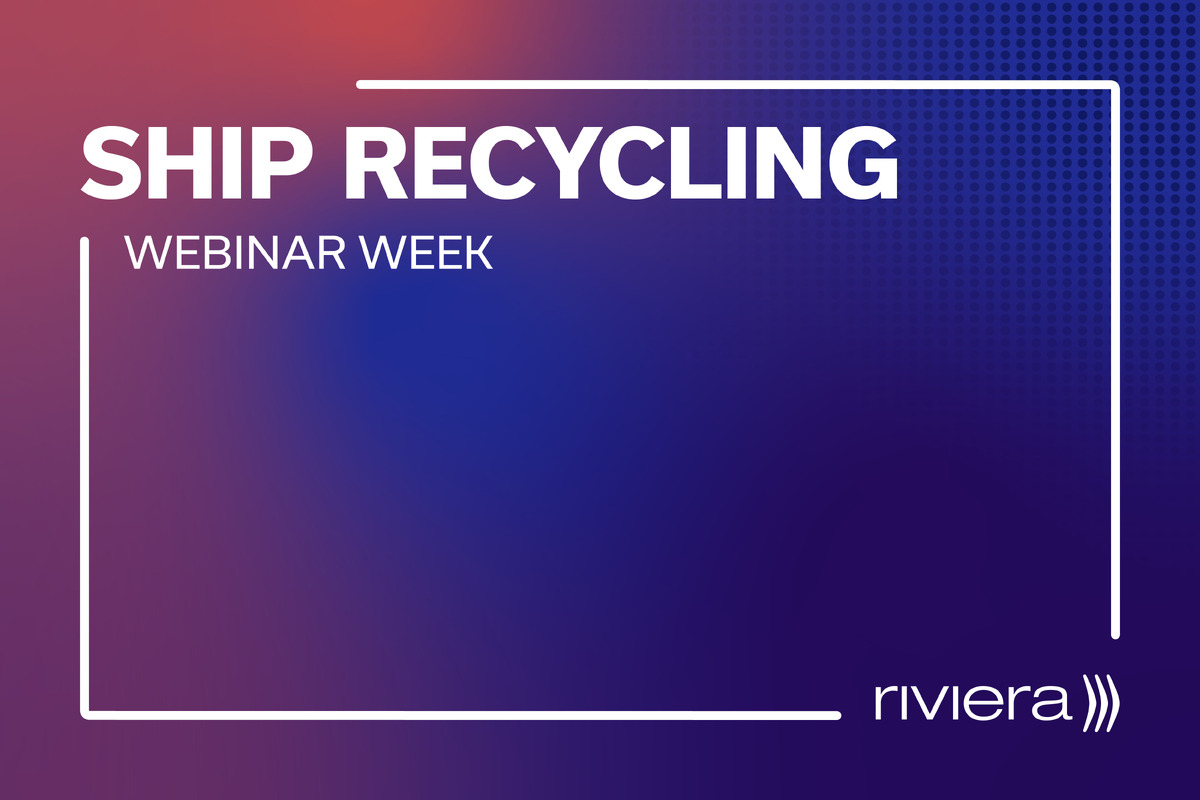Business Sectors
Events
Marine Coatings Webinar Week
Contents
Korea holds firm in tough times
When announcing 600 job cuts across its global business, Jaakko Eskola, president, Marine Solutions, senior executive vice-president, Wärtsilä Corporation, made the comment: "The marine industry has been slow in recovering from the global economic crisis and new shipbuilding contracting is weak. At the same time, the offshore oil and gas industry has been adversely affected by lower oil prices. In addition, there are risks related to vessel owners negotiating extensions to existing delivery contracts. The combined impact of these developments has created a challenging market situation for the entire marine sector."
Notwithstanding this situation, in the short term, as one of the world’s largest shipbuilding industries, South Korea has a healthy order book though the longer-term position is not as good, as the intake of new orders has declined. Nevertheless despite the order decline the country’s marine engineering industry has also secured substantial orders for all manner of equipment from the largest marine diesel engines down to the smallest components that go to make up a ship. Further, as the country’s yards have been particularly successful in winning orders for the current generation of giant container ships and LNG tankers, not to mention the more recent orders for expensive and highly sophisticated FPSOs, the equipment orders for these vessels are of a complex and substantial nature. Indeed 2015 is shaping up to be a record year for orders for the marine equipment sector.
The marine diesel engine is the most obvious example of the strength of Korea’s marine engineering industry. Today it is a major supplier of marine diesel engines both built under licence and of its own designs. Leading manufacturers are Doosan Engine, with licences for MAN two and four stroke units and Wärtsilä two-stroke engines, Hyundai Heavy Industries Co Ltd with two-stroke licences from MAN and Wärtsilä and which builds its own HiMSEN range, and STX Heavy Industries Co with a MAN two-stroke licence. At present, with the many orders for ultra large container ships has come the need to return to the bigger two-stroke engines of the past – with 10 and 12-cylinder versions becoming common again.
Indicative of the standing of the Korean engine builders is the fact that the first in a series of 20,000 teu container ships being built for French owner CMA CGM, will be powered by a new design Wärtsilä X92, low-speed, two-stroke engine built by Hyundai. Ordered from Hanjin Heavy Industries & Construction (HHIC) in Subic Bay, Philippines, the new vessel will be the largest container ship in the CMA CGM fleet. The engine is of course now of WinGD design, the joint venture company formed between Wärtsilä and China State Shipbuilding Corporation (CSSC), which took over Wärtsilä’s two-stroke engine business in January 2015. The company is owned 70 per cent by CSSC and 30 per cent by Wärtsilä.
The X92 engine chosen to power the new vessel is the largest of Wärtsilä’s Generation X series of engines with a power range of 24,420 to 73,560 kW at 70 to 80 rpm. The low revolutions enable higher ship propulsion efficiency for the large and ultra large vessels the engine is designed for, and it features low fuel consumption across the entire operating range, thanks to the application of common rail technology.
“The Wärtsilä X92 engine has been designed to provide exceptional reliability, the lowest operating costs and minimal exhaust emissions, all of which are essential in today’s operating environment. As container vessels are getting ever bigger in order to achieve economies of scale, it is essential that the engines and propulsion equipment are developed accordingly so as to achieve the efficiencies needed. Our successful two-stroke Generation X engines are evidence of our proven competence and technological leadership and, as a result, we are playing an important role in the large and ultra large container vessel segment,” says Martin Wernli, CEO of WinGD.
The Wärtsilä X92 is not only the largest but also the most recently launched of the Wärtsilä Generation X series of engines. The first of these engines to be built passed its design validation and factory acceptance test in February of this year. The FAT was held at the Ulsan engine works of Korean licensee Hyundai Heavy Industries. By successfully passing this test, the engine is shown to have fulfilled all the requirements of the classification societies. The remaining type approval test and sea trials will take place in the second half of this year.
One of the leading engine manufacturers, Doosan Engine can trace its history back to 1983 when Hankook Heavy Industries, which was the predecessor of Doosan Heavy Industries, launched the first marine engine business in Korea and entered into a technical tie-up with MAN B&W, followed by Sulzer in 1984. In 1999 Doosan and Samsung Heavy Industries agreed to establish an independent engine maker, HSD, which became Doosan Engine in 2005.
The company has achieved several milestones over the years including building the world’s first large electronically-controlled marine engine in 2003, and the world’s largest marine engine to date in 2005. By 2012 it had produced 80 million brake horsepower of engines and, in 2013, became the first engine builder to build a production dual-fuel low speed engine.
Towards the end of last year Doosan Engine announced an agreement with Samsung Heavy Industries to supply eight low-speed marine engines with the low-temperature selective catalytic reduction (SCR) systems for eight very large ethane carriers (VLEC). The order marks Doosan Engine’s first commercial application of low-temperature SCR for NOx reduction. Reliance, one of the biggest conglomerates in India, ordered the VLEC vessels from Samsung Heavy Industries earlier in the year.
The DelNOx SCR system for the main engines, developed by Doosan Engine in 2013, is said to be the world’s first eco-friendly NOx reduction system, reducing nitrogen oxide emissions by more than 90 per cent. The SCR operates on the principle of using a reductant (urea or ammonia) to convert nitrogen oxides into pure water and nitrogen through a chemical reaction. The after-turbine SCR uses of DelNOx catalysts, high uniformity and distribution technologies, to achieve an advanced system that is said to exhibit high resistance to sulphur poisoning compared to that of conventional low temperature catalysts, thus ensuring a long lifetime for the DelNOx catalysts.
Of course, as well as building units under license from the two major engine manufacturers Korea has what is claimed to be the world’s largest marine diesel manufacturer – HiMSEN. The HiMSEN Engine & Machinery Division of Hyundai supplies approximately 35 per cent of the global marine diesel market and is also a leading manufacturer of propellers, cargo oil pumps, ballast water treatment systems, and side thrusters.
Hyundai designed and developed the HiMSEN engine as part of ongoing efforts to provide the most practical and highest quality of engines to its customers in the marine market. The division reached a production milestone of 130 million brake horsepower of two-stroke engines in 2013. In addition it has produced in excess of 8,000 diesel and gas engines of HiMSEN design. This is a reflection of the remarkable growth in the demand for four-stroke engines in certain markets and confirms Hyundai Heavy’s place as a leader in this sector of the engine market as well. Overall in addition to its shipbuilding activities, Hyundai has seen sales of power plants including packaged power stations increase in markets including Cuba, Brazil, the Middle East, Africa, Europe, and many Asian countries, while sales of industrial pumps and robot systems are also increasing rapidly. These products have become strategic items in the division's plan for long term growth.
In terms of innovative and cutting-edge technology, the company produces 15 products that have been selected as world class by the Korean government. These include two-stroke marine engines, four-stroke marine engines, crankshafts, propellers, shafting, cylinder liners, cylinder frames, turbochargers, engine power plants, packaged power stations, cargo oil pumps, and side thrusters, as well as industrial robots, and LCD handling robots.
Supporting the South Korean marine industry are two trade associations which represent their members and promote the industry around the world.
The Korean Marine Equipment Association (KOMEA), formed as the Korean Shipbuilding Council in 1979, is a non-profitmaking body that promotes the development of the Korean shipbuilding and marine equipment industry and the economic position of its members that currently number in excess of 200 companies.
A second organisation, founded in 2009, is the Korea Marine Equipment Global Service Center (KOMEC) which is an affiliate of the Korea Marine Equipment Association and has entered into partnership with overseas marine companies to build a network across the world. Through this network, Korean marine equipment firms have been able to sell their products and offer after-sales service globally. In addition, KOMEC has built and operated the e-Marketplace (www.shipsol.com) to export Korean marine equipment and spare parts to the global market.
A further support function for the industry is provided by the Korea Marine Equipment Research Institute (KOMERI), which is South Korea's leading research institute, specialising in the development and certification of marine and offshore equipment. It has a Testing and Certification Centre at Geoje which is equipped to drive the technological development of floating production, storage and offloading units for liquefied natural gas (LNG-FPSO). KOMERI has created a virtual environments enabling the support of LNG-FPSO training and education services required by the country’s shipbuilding and offshore companies.
According to the KOMERI Testing & Certification Centre "As the leading R&D institute for marine and offshore processes and equipment in Korea, KOMERI needs to build these virtual environments to help our country's top shipbuilders and leading companies in heavy industries strengthen their positions for LNG-FPSO projects around the world."
Related to this Story
Events
Marine Coatings Webinar Week
Maritime Environmental Protection Webinar Week
Ship Recycling Webinar Week
© 2024 Riviera Maritime Media Ltd.

